Capsicum Capsicum: The Fiery Heart of the Spice World
If you’ve ever bitten into a pepper that made your eyes water and your mouth tingle, you've met the star of today’s show: capsicum capsicum. Whether you’re chasing that endorphin rush or just trying to spice up your weeknight stir-fry, this little firecracker has a lot more to offer than just heat.
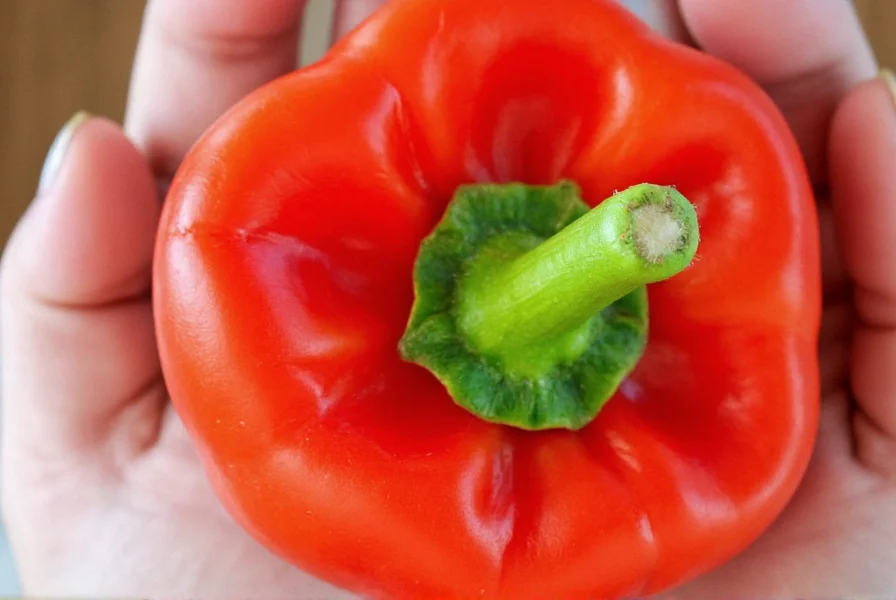
Table of Contents
- What is Capsicum Capsicum?
- Understanding the Heat Scale
- Culinary Uses Around the Globe
- Growing Your Own Capsicum at Home
- Buying Guide: Choosing the Right Capsicum for You
- 5 Sizzling Capsicum Cooking Tips
- Health Benefits You Might Not Know
- Fun Capsicum Facts to Impress Your Friends
- Conclusion
What is Capsicum Capsicum?
Let’s start from the top: Capsicum capsicum — also known simply as capsicum in many parts of the world — is a species of flowering plant in the nightshade family, Solanaceae. It's native to Central and South America but is now grown globally. This broad term includes everything from sweet bell peppers to scorching habaneros and ghost peppers.

The confusion often arises because “capsicum” is used differently around the world:
- In the U.S., “pepper” usually refers to the hot varieties, while “bell pepper” is the mild, crunchy one.
- In Australia and New Zealand, all types are called “capsicums.”
But here, we're diving into the entire spectrum under the umbrella of Capsicum capsicum.
Understanding the Heat Scale
Not all capsicums are created equal when it comes to heat. The Scoville scale measures how spicy a pepper is by determining the concentration of capsaicin, the compound responsible for the burn.
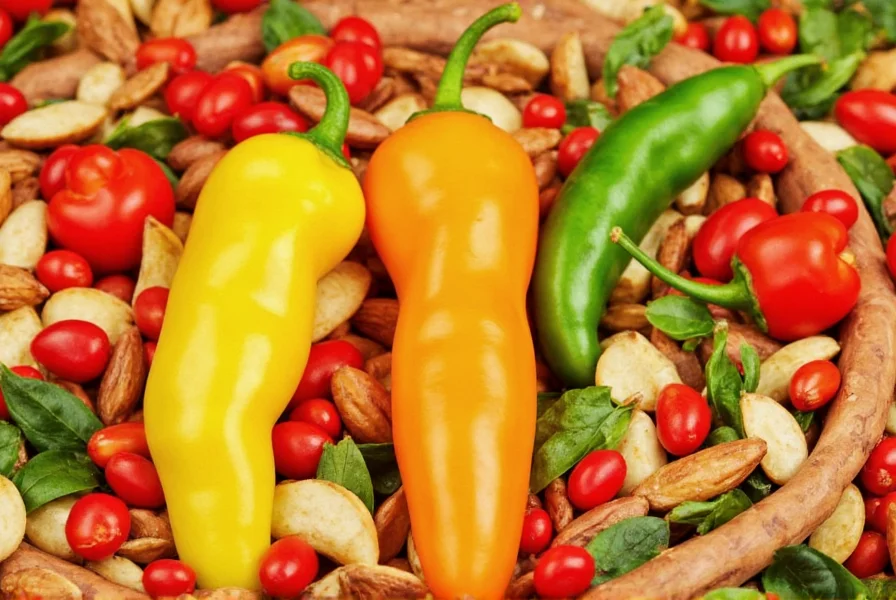
| Pepper Type | Scoville Heat Units (SHU) | Typical Use |
|---|---|---|
| Bell Pepper | 0 SHU | Sweet, raw or cooked in salads |
| Jalapeño | 2,500–8,000 SHU | Tacos, nachos, sauces |
| Habanero | 100,000–350,000 SHU | Salsas, marinades |
| Ghost Pepper | ~1,000,000 SHU | Chili-eating challenges, specialty dishes |
| Carolina Reaper | ~2,200,000 SHU | World record heat, extracts |
Culinary Uses Around the Globe
Capsicum plays a starring role in countless cuisines. Here’s how different cultures embrace the burn:
- Mexico: Jalapeños and poblanos feature in salsas, tacos, and stuffed chiles rellenos.
- India: Green chilies appear in almost every savory dish — curries, pickles, and street food.
- Korea: Gochu (Korean chili) gives kimchi and gochujang their signature kick.
- Thailand: Bird’s eye chilies make tom yum soup and pad thai unforgettable.
- Italy: Crushed red pepper flakes add heat to pasta sauces and pizzas.
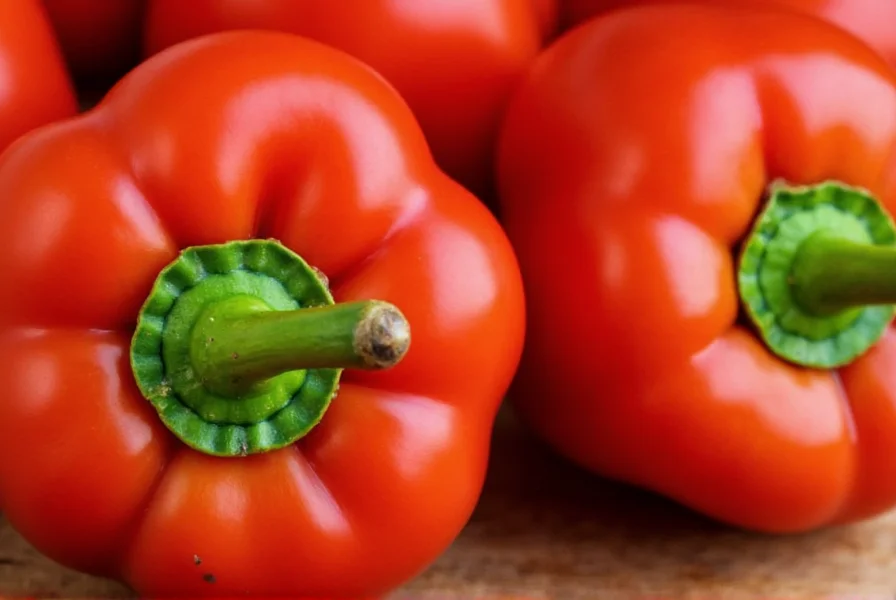
Growing Your Own Capsicum at Home
Want to grow your own fiery harvest? Capsicum plants thrive in warm climates and well-drained soil. Here’s a quick guide:
- Start Indoors: Sow seeds indoors 6–8 weeks before the last frost.
- Soil & Sun: Plant in nutrient-rich soil with full sun exposure (6+ hours).
- Water Wisely: Keep the soil consistently moist but not soggy.
- Fertilize: Use a balanced fertilizer every few weeks.
- Harvest: Pick peppers when they reach your desired size and color.
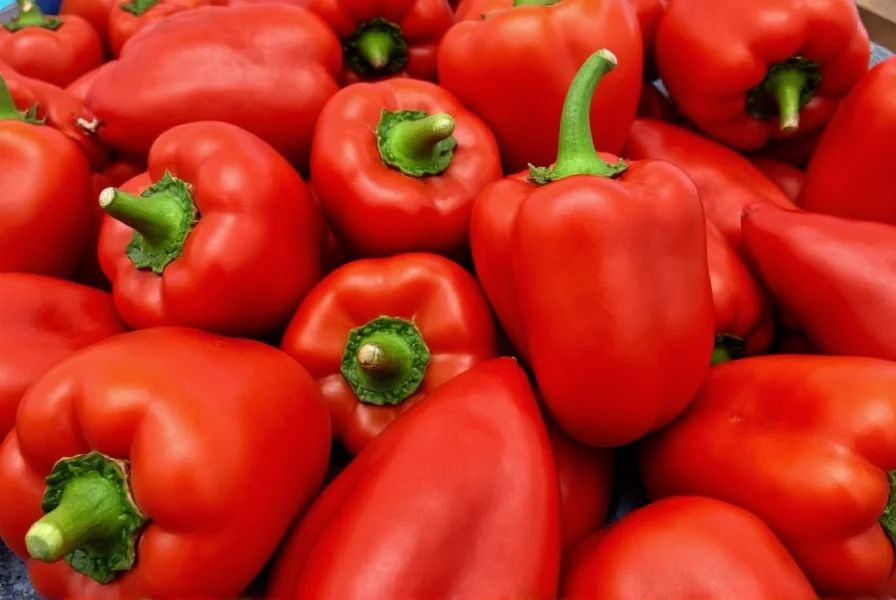
Buying Guide: Choosing the Right Capsicum for You
Whether you're a seasoned chef or a weekend cook, choosing the right capsicum can elevate your meals. Here's what to look for based on your preferences:
| Product Name | Features | Advantages | Use Case | Audience | Occasion |
|---|---|---|---|---|---|
| Organic Bell Peppers | Sweet, crisp, available in multiple colors | Great for snacking, grilling, stuffing | Salads, fajitas, stuffed dishes | Beginners, families | Weeknight dinners, kids’ snacks |
| Dried Ancho Chilies | Mild, smoky flavor | Perfect for sauces and mole | Mexican cooking | Home cooks, enthusiasts | Weekend cooking projects |
| Fresh Jalapeños | Medium heat, thick skin | Versatile in salsas, pickling, and toppings | Tacos, nachos, burgers | Spice lovers, taco fans | Game day, casual gatherings |
| Cayenne Powder | Consistent heat level, easy to store | Adds heat without texture interference | Stews, soups, dry rubs | Chefs, spice blend users | Batch cooking, meal prep |
| Bird’s Eye Chili Packets | Very hot, compact size | Packs serious punch in small quantities | Thai curry paste, stir-fries | Experienced cooks, Asian cuisine lovers | Restaurant-style home cooking |
5 Sizzling Capsicum Cooking Tips
Ready to turn up the heat in your kitchen? Try these five practical and fun techniques:
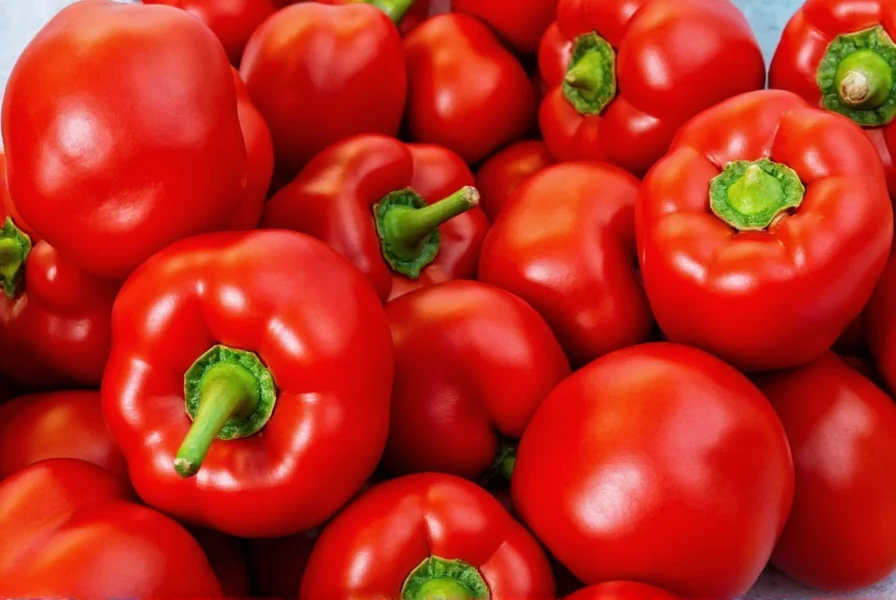
- Roast Your Peppers: Char them over an open flame or under the broiler to enhance flavor and loosen the skin.
- Seed for Less Heat: Remove the ribs and seeds to dial down the spice level.
- Freeze for Later: Wash and freeze whole peppers — no need to defrost before chopping!
- Pair with Cooling Ingredients: Balance the heat with dairy (like sour cream or yogurt) or citrus.
- Make Your Own Hot Sauce: Blend roasted chilies, vinegar, garlic, and salt for a homemade condiment.
Health Benefits You Might Not Know
Beyond flavor, capsicum is packed with nutrients:
- Vitamin C Boost: One medium bell pepper contains more vitamin C than an orange.
- Rich in Antioxidants: Carotenoids like lutein support eye health.
- Pain Relief: Capsaicin creams are used to soothe muscle pain and arthritis.
- Metabolism Kickstart: Some studies suggest capsaicin may help boost calorie burning.
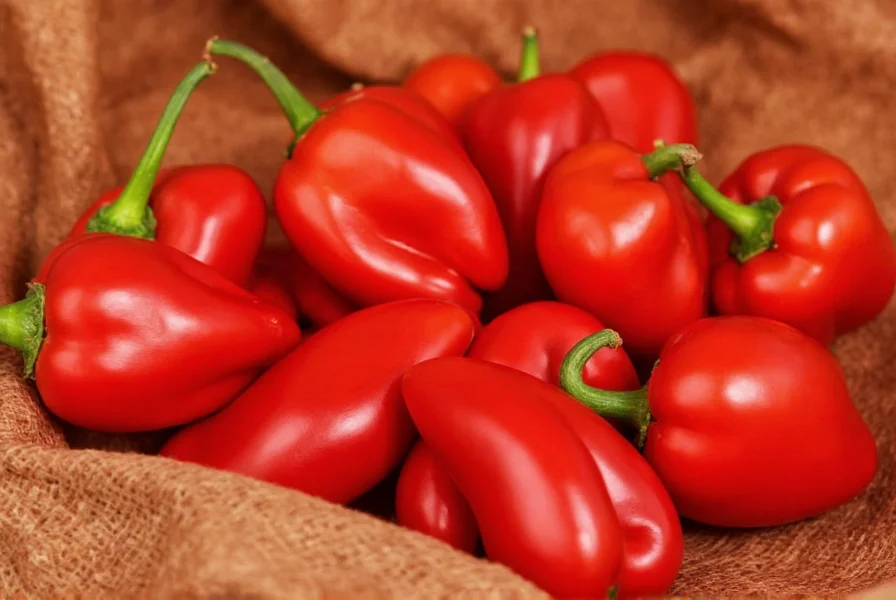
Fun Capsicum Facts to Impress Your Friends
Drop these nuggets at your next dinner party:
- The hottest pepper on Earth — the Carolina Reaper — was once registered at 2.2 million Scoville units.
- Bird’s eye chili gets its name because birds eat it without being affected by the heat — humans aren’t so lucky!
- Peppers change color as they ripen: green → yellow → orange → red. Red ones are the sweetest and most mature.
- Some peppers can cause temporary numbness or even hiccups due to the intense capsaicin hit.
- In Japan, some vending machines sell extremely spicy snacks for thrill-seekers.
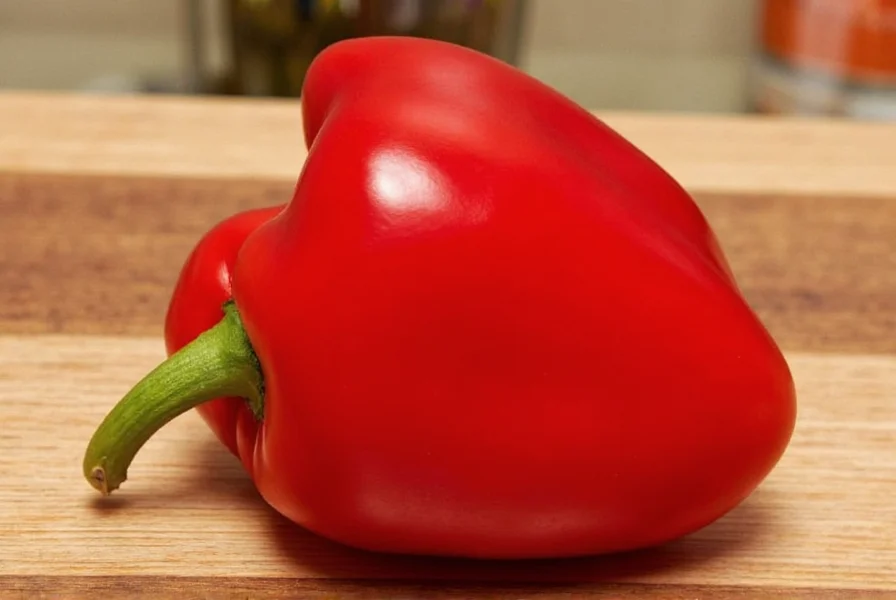
Conclusion
From sweet bell peppers to tongue-scorching super-spicy varieties, capsicum capsicum offers something for everyone. Whether you're roasting, slicing, drying, or fermenting, this versatile plant brings depth, flavor, and excitement to any plate.
So, don't be afraid to explore the wide world of capsicum — your taste buds (and maybe your friends) will thank you.
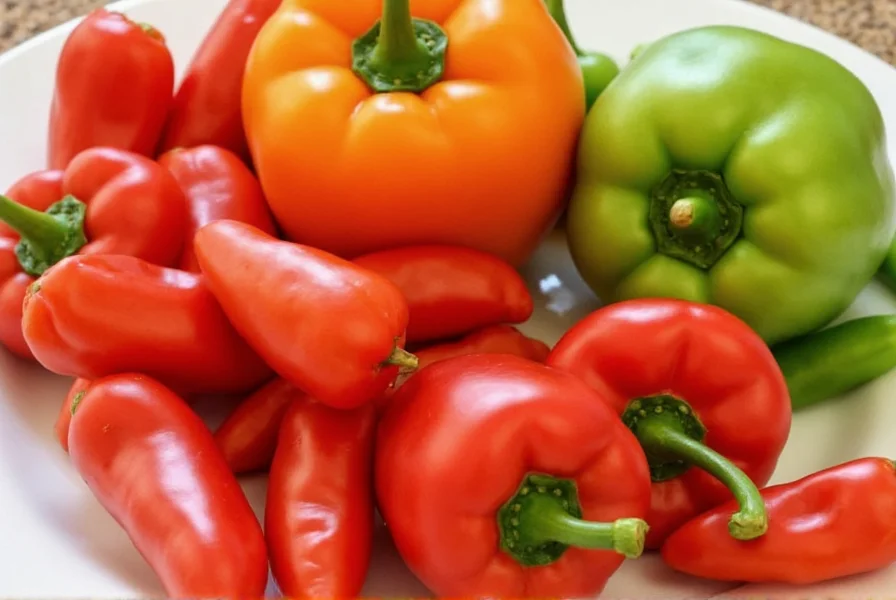
Stay spicy, stay curious, and keep experimenting in the kitchen!

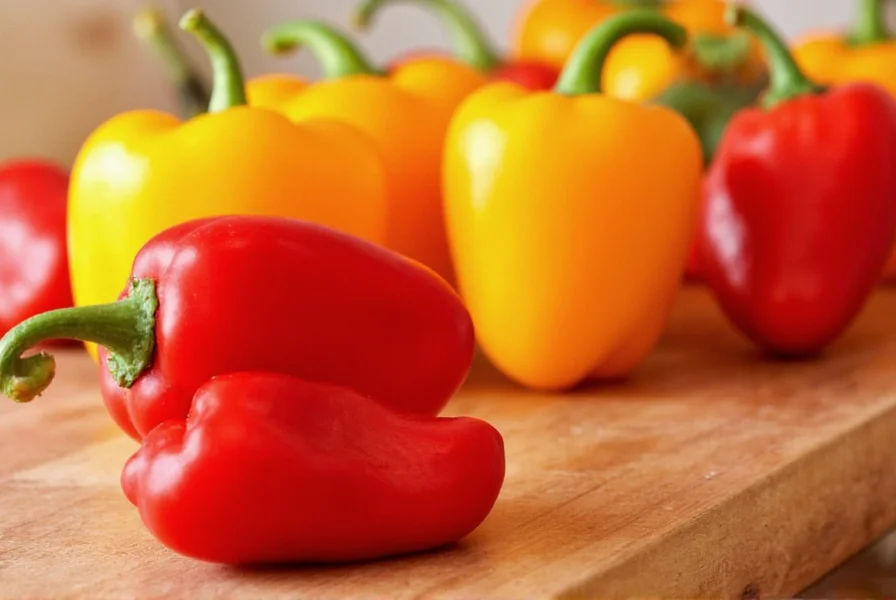









 浙公网安备
33010002000092号
浙公网安备
33010002000092号 浙B2-20120091-4
浙B2-20120091-4